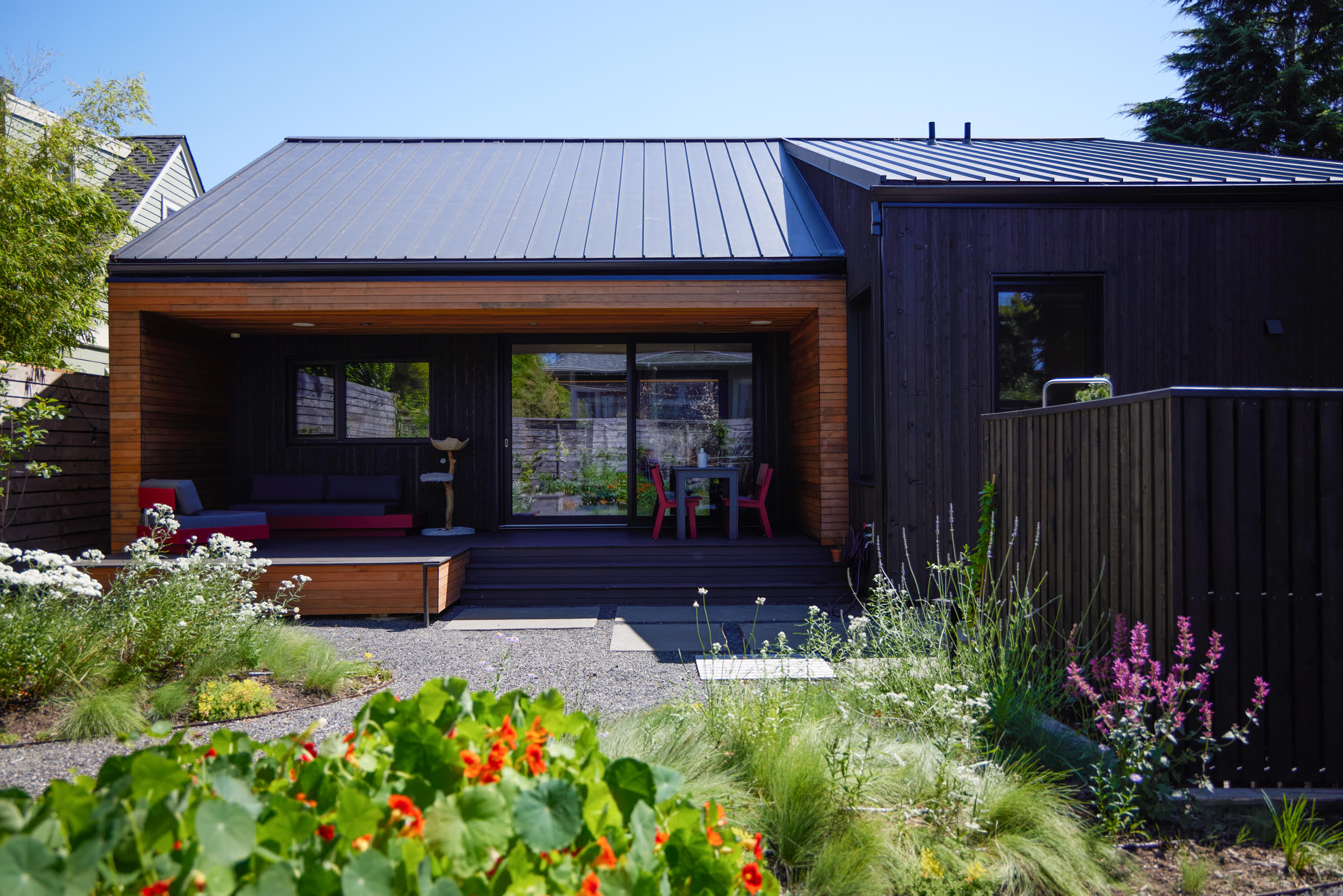NORTH STARS:
Energy Efficiency
Climate Action
Certifications
“Most of the country builds as if energy were endless and climate change nonexistent.”
When Alan Price welcomes visitors to his home in an eco-community in San Miguel de Allende, Mexico, they all ask the same question: “Why is the temperature so nice?” The answer is surprisingly simple. His house, which is completely off-grid, maintains a consistent indoor temperature without heating or cooling, thanks to passive house design principles that have been used for generations in many parts of the world.
What Is a Passive House?
The Passive House standard is based on construction methods, not a brand name. It’s not even about specific construction methods or material choices. For a building to be considered a Passive House, it must meet detailed criteria related to heating and cooling demands, airtightness, and thermal comfort. A Passive House must consume no more than 15 kWh per square meter of net living space (treated floor area) per year for heating and cooling. Passive Houses are designed to efficiently use the sun for heating and protection from direct sun for cooling.
Germany, where Passive House standards were first developed and applied, has the most passive homes, but the Passive House construction concept can be applied anywhere around the world. As such, Passive House buildings in North America may look different from projects in Europe, as they implement highly efficient solutions based on regional construction methods.
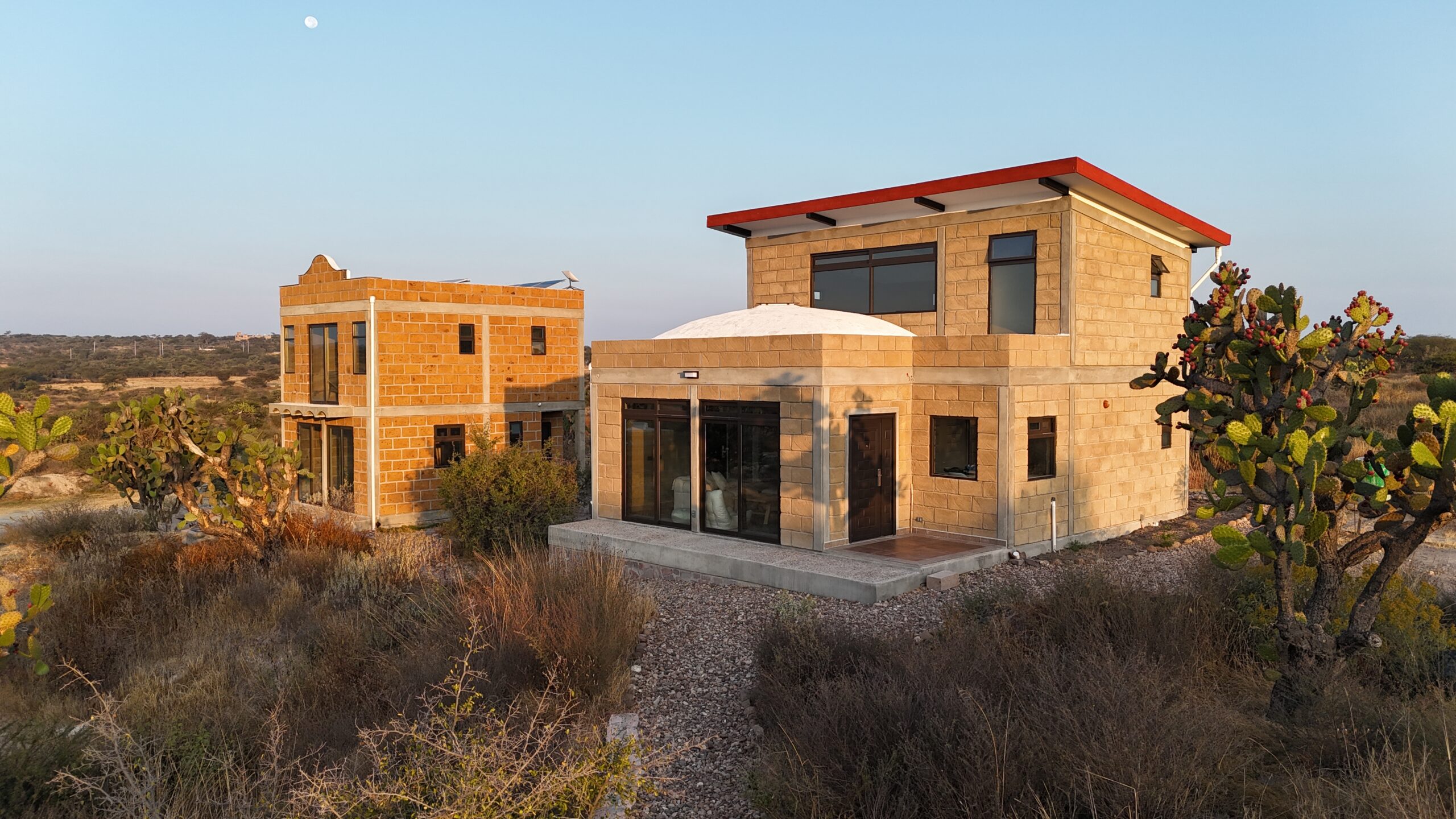
Alan Price's home in the Hapori intentional community outside San Miguel de Allende. Courtesy of Alan Price.
Why the U.S. Lags Behind in Passive House Adoption
Yet despite these proven benefits, and despite America’s reputation for technological innovation, the U.S. lags significantly behind Europe in passive house adoption. While Europe has more than 3 million square meters of certified passive house construction, North and Latin America combined have just 300,000 square meters, according to Germany’s Passivhaus Institut.
The standard has since become so established that in countries such as Germany, passive house construction is now the norm, with well-developed supply chains for specialized components and a skilled workforce to install them. Katrin Krämer, press officer for the Passivhaus Institut in Darmstadt, answered questions by email, saying, “America is picking up more and more during the last 15 years since the awareness of the importance for climate-friendly buildings is rising at the same time.”
The Role of Traditional Building Methods
This disparity in adoption rates has deep cultural and historical roots. In Mexico and Europe, the path to passive construction evolved naturally from local building traditions. “The culture of the locals has been – I live in these places, I need to survive, and what’s the best way of doing that?” explains Price who found the Hapori eco-cohousing community in which he lives after searching the Foundation for Intentional Community’s online directory. When he discovered Hapori sat just fifteen minutes outside of San Miguel de Allende, he was hooked.
“It was just starting and I saw a clear view of how it would fit into my life and vision so within seven days, I decided to purchase land and begin building,” says Price.
Price co-designed his house with another community member who was versed in sustainable development and construction. They selected traditional local materials used for generations because people understood their climate advantages.
Price’s dwelling features locally-quarried volcanic rock and traditional architectural features like curved, arched roof designs that help manage heat. However, this traditional wisdom faces modern challenges. With growing wealth in the country, and people relocating here from other countries, this practical wisdom has sometimes been lost to modernization. “Houses which have been built in the last 30 to 50 years are actually less suited for the area,” Price observes, describing how concrete construction has replaced some traditional methods that were naturally more energy efficient.
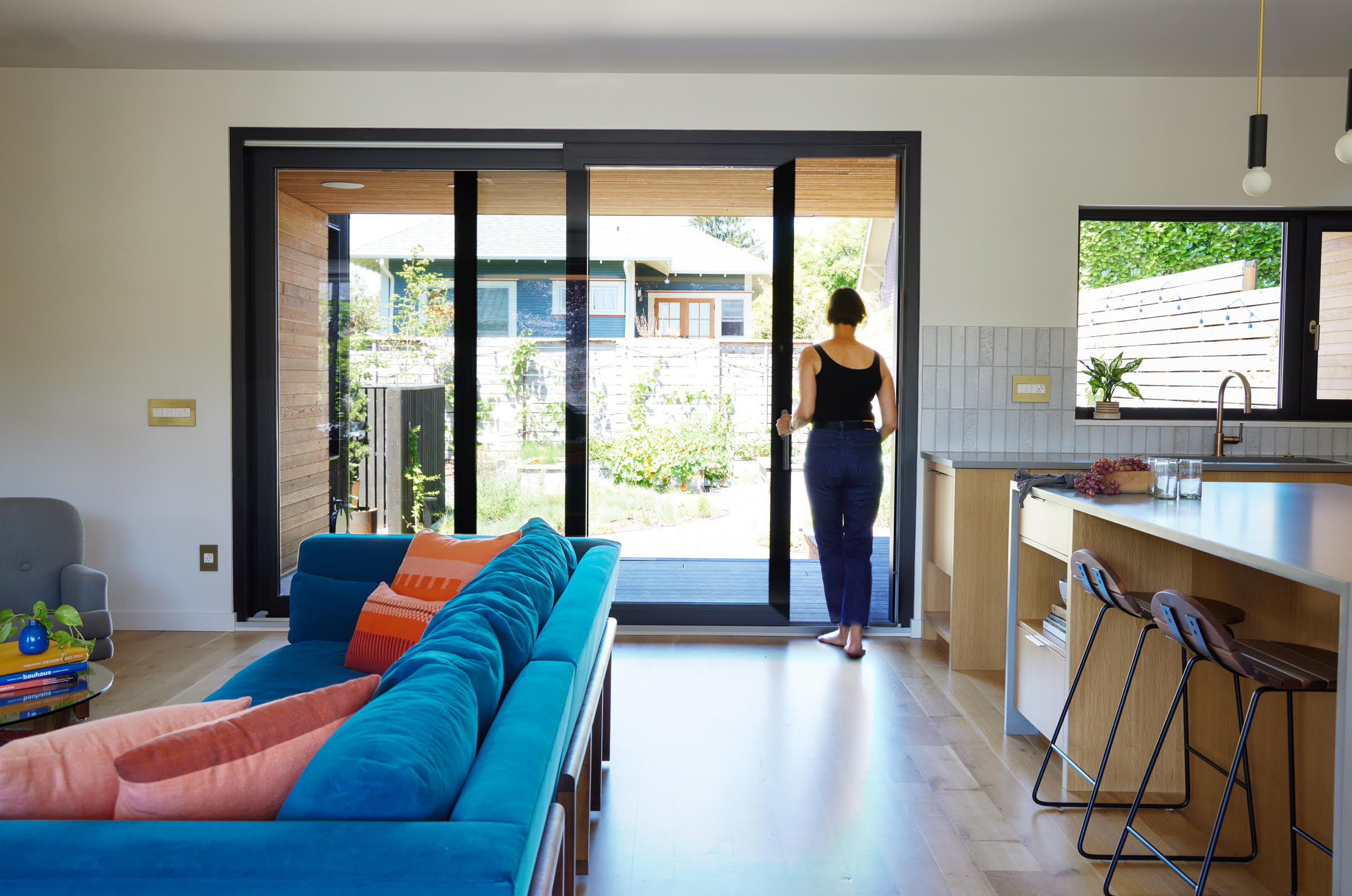
Using free passive energy from the sun is just one way passive homes save energy. Courtesy of Green Hammer_George Barberis Photography
Barriers to Passive House Growth in the U.S.
In the United States, several key barriers have slowed adoption. Green Hammer Design Build in Portland, Oregon, was one of the first builders in the region to embrace the Passive House standard. In the U.S., construction methods are heavily influenced by building codes, which vary significantly from state to state.
According to Green Hammer founder and president Stephen Aiguier, U.S. codes in many states lag significantly behind advanced standards like Passive House. “When construction methods such as those used in Passive House buildings aren’t required, there’s little incentive to invest the time and resources needed to learn and practice them,” he says.
“Overall building envelope quality, meaning the insulation and air barrier details, are not as well understood or practiced in the U.S., as our energy code lags far behind the Passive House standard,” says Aiguier. “In many European countries, such as Germany, Passive House is the construction standard, so the technologies, building materials, and the labor force are readily available.”
The Cost and Perception Challenges
Different energy prices in the U.S. compared to higher prices in the European market led to Europe more quickly adopting a high-energy efficiency standard in the building sector. Not only that, but triple-glazed windows are a key component of passive design, and standards for U.S.-manufactured windows are far behind European standards. “Until we have cost-effective window solutions in the U.S., Passive House projects will continue to find better quality at a better price from European manufacturers,” Aiguier explains. “Ventilation systems in the U.S. are also well behind European technologies, so Passive House builders must look abroad to find better solutions.”
Aiguier says “Is it more expensive?” is the most common question he is asked. He acknowledges that “Passive House building methods typically involve higher upfront costs,” but emphasizes the long-term benefits through energy savings. Krämer takes this further, noting that some projects actually achieve cost parity: “We know about several projects where the building costs for the Passive House building were on the same level or even lower than for projects that only reach the (lower) local building standard.”
A Question of Priorities
Perhaps the most significant barrier, however, might be perception rather than how much it actually costs. In America, passive houses are assumed to be either luxury showcases or primitive eco-dwellings. Price’s home is neither, but he did make thoughtful choices about materials and features, which he says were “design compromises” rather than limitations. There’s a practical middle ground that delivers comfort, sustainability, and reasonable costs — it just requires rethinking conventional approaches to construction.
“This wasn’t an expensive house. It didn’t cost a ton, and yet you can still create design within it,” he explains. “You just can’t expect to have everything you want.” Another home on the market in the Hapori community is asking around $170,000 for a 2 bedroom, 1 bath on nearly 5.5 acres.
This “everything you want” mentality might be part of what drives up costs in the U.S. market. The Passivhaus Institut suggests looking beyond simple payback calculations to consider “lifecycle costs which are drastically lower in a highly energy-efficient building over the many decades that a building is used.” This becomes increasingly important as energy prices rise and climate considerations become more urgent.
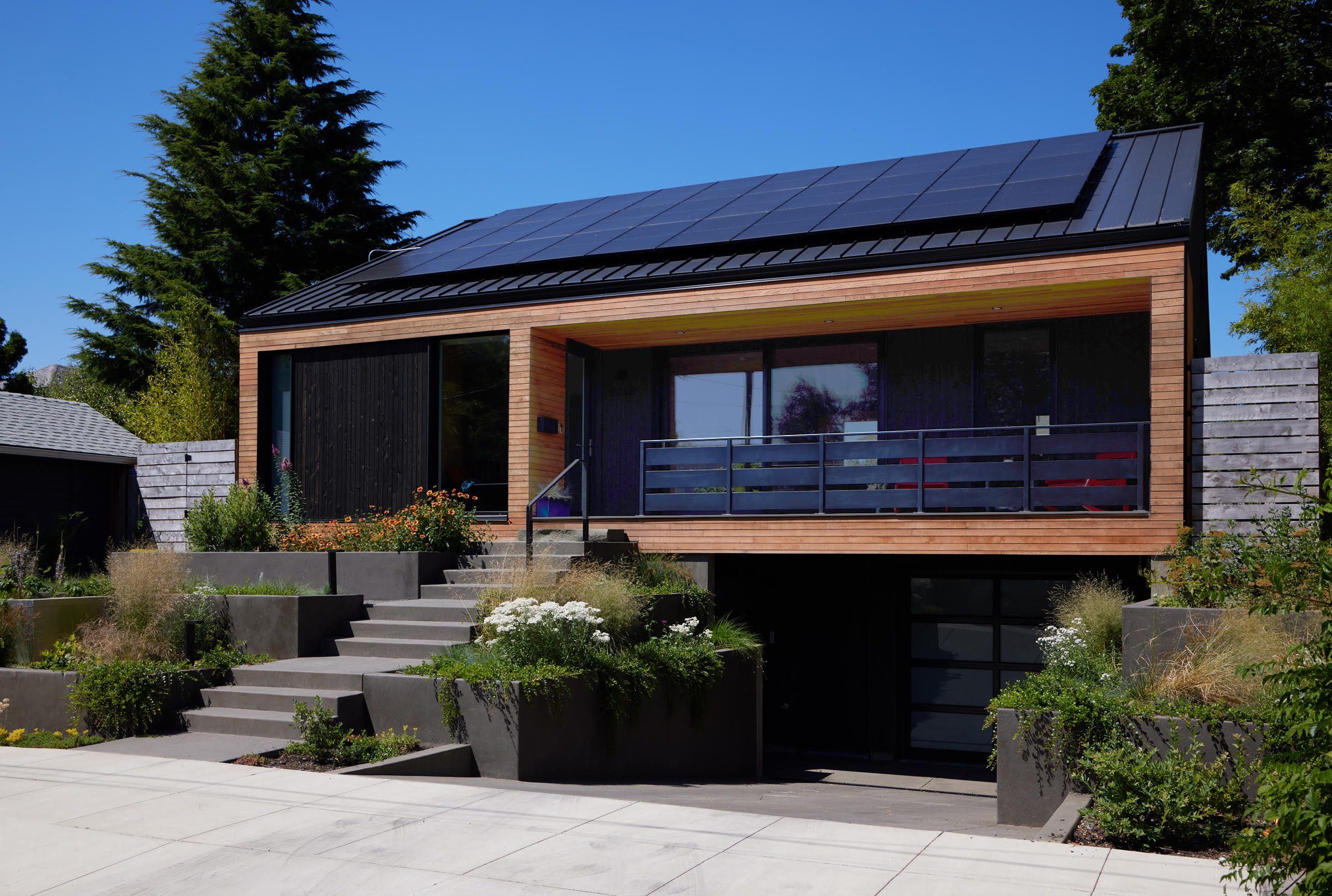
Passive homes often feature modern, contemporary design features. Courtesy of Green Hammer-George Barberis Photography
Shifting Toward a More Sustainable Future
Americans aren’t good at making long-term decisions based on such things as life cycle analysis, unfortunately. That’s partly because we haven’t had to. Research indicates that most Americans prioritize immediate benefits over long-term consequences when making choices. Price ended up in an intentional eco-village because he agreed to a lifestyle of being “sustainable with myself, with others, and with my environment,” and therefore he was willing to make different choices.
Despite these challenges, there are signs of progress. While interest in the Northwest region is growing, the Northeast, where utility costs are much higher and the temperatures are more extreme, has been leading the way. The Commonwealth of Massachusetts now has a building energy code which allows municipalities to mandate Passive House standards for new multifamily residential buildings larger than 12,000 square feet. Denver adopted Passive House energy models for residential and commercial buildings, however, compliance is optional, not mandated.
Aiguier points to a 2022 report from the Passive House Network, which found that places with government policies and incentives for Passive House design experience a much higher percentage of Passive House buildings. Krämer points out that in general, an increasing number of architects and planners all over the world are adapting the concept of high energy efficiency for buildings. “They are engaged in optimizing the design of the buildings, for example, in providing them with better insulation and windows and reducing thermal bridges, etc.”
Will the U.S. Choose to Build Smarter?
The U.S. stands at a crossroads. As climate concerns and energy costs rise, passive house adoption is growing in the US, especially in states with supportive policies. The innovation that’s needed isn’t so much technological as it is cultural. We must reimagine how we approach home construction and energy efficiency.
While places like Massachusetts and Denver begin to embrace Passive House standards through policy changes, most of the country continues building as if energy were endless and climate change nonexistent. The challenge is reimagining our approach to home construction: choosing long-term comfort and efficiency over short-term convenience, investing in quality components that may cost more upfront but last decades, and learning from traditional wisdom about building for our climate rather than against it.
As Price’s home in Mexico demonstrates, the results can be both beautiful and practical — a house that maintains comfort without massive energy inputs, built at a reasonable cost using local materials. The question isn’t whether we can build this way in America, but whether we will choose to do so before rising energy costs and climate pressures force our hand.
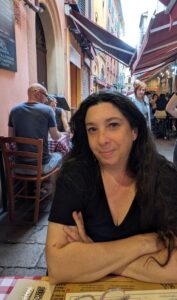
Vanessa Salvia is an Oregon-based freelance writer, editor, book editor, and book indexer. Most of her work professionally and in her community sits at the intersection of sustainability, food systems, and the built environment. As a certified Master Recycler and secretary of a food rescue group, she champions food waste reduction and community food security initiatives. Vanessa has a specialization in developmental editing from the University of Washington and years of experience in print magazine editing. Her work has appeared in numerous regional and national publications covering food, travel, and the construction industry. Follow Vanessa on IG @vandollysm.


